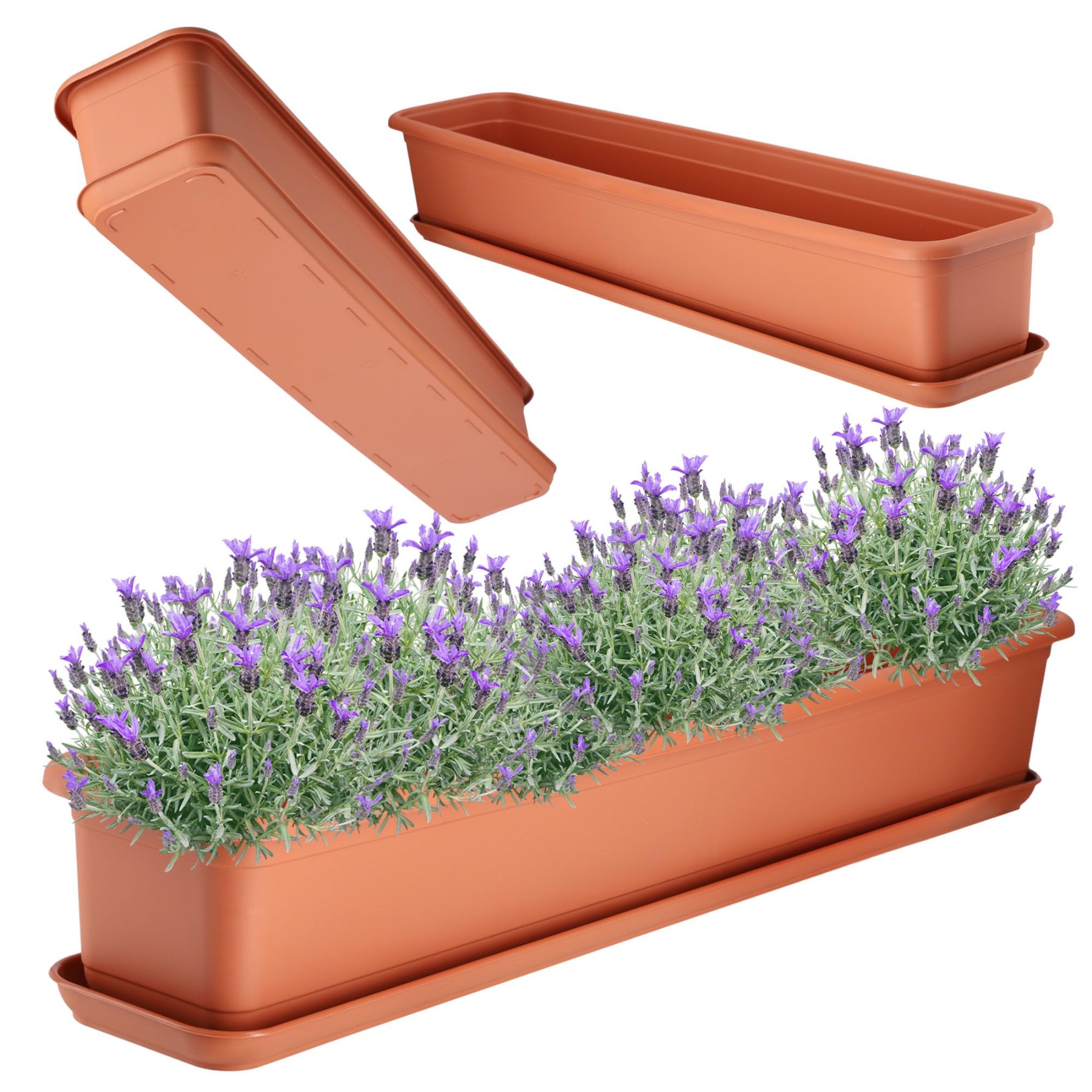Patio Flower Boxes: A Colorful Addition to Your Outdoor Space
Patio flower boxes are a delightful way to add a splash of color and life to your outdoor space. These versatile containers can be placed on railings, windowsills, or directly on the ground, allowing you to create stunning floral displays wherever you desire. In this article, we will explore the various aspects of patio flower boxes, from choosing the right plants to maintaining them throughout the seasons.
When selecting plants for your patio flower boxes, consider factors such as sunlight exposure, soil type, and your personal preferences. Popular choices include petunias, geraniums, marigolds, and begonias. These vibrant flowers are relatively low-maintenance and can withstand various weather conditions. If you prefer a more exotic look, consider incorporating tropical plants like bougainvillea or hibiscus.
To achieve a visually appealing arrangement, it’s essential to consider the color scheme, height, and texture of your plants. A harmonious blend of colors can create a stunning focal point in your outdoor space. For example, a combination of red, white, and blue can evoke a patriotic theme.
When planting your flower boxes, ensure that the containers have adequate drainage holes to prevent waterlogging. Fill the boxes with a high-quality potting mix that is well-draining and rich in nutrients. Plant your seedlings or cuttings at the appropriate depth, leaving enough space for growth.
Regular watering is crucial for maintaining healthy and vibrant plants in your flower boxes. However, avoid overwatering, as this can lead to root rot. Water your plants deeply and consistently, especially during dry periods. Additionally, fertilizing your plants every two weeks with a balanced liquid fertilizer can promote vigorous growth and blooming.
While patio flower boxes are relatively low-maintenance, they can still be susceptible to pests and diseases. Keep an eye out for common problems like aphids, whiteflies, and powdery mildew. You can use organic or chemical pesticides to control these issues. Regular inspection and prompt action can help prevent significant damage to your plants.
In colder climates, it’s important to winterize your flower boxes to protect the plants from freezing temperatures. If you live in an area with harsh winters, consider bringing your flower boxes indoors or covering them with insulating materials. Alternatively, you can plant cold-hardy plants like pansies or violas that can withstand freezing temperatures.
Patio flower boxes are a wonderful way to enhance the beauty of your outdoor space. By carefully selecting plants, creating balanced arrangements, and following proper care techniques, you can enjoy stunning floral displays throughout the year. With a little effort, you can transform your patio into a vibrant and inviting oasis.

